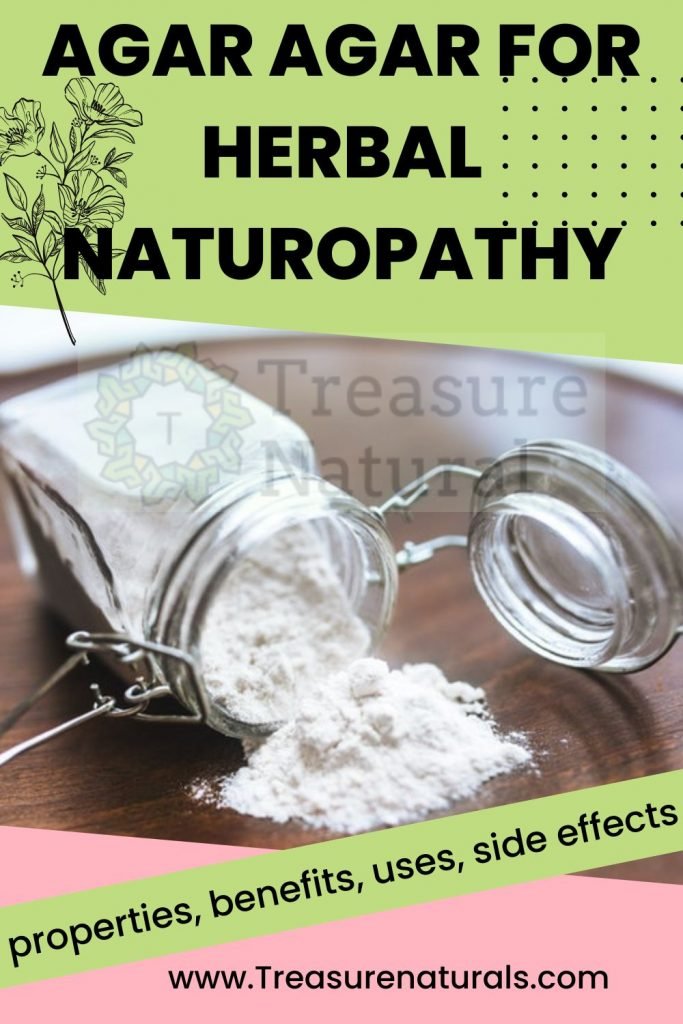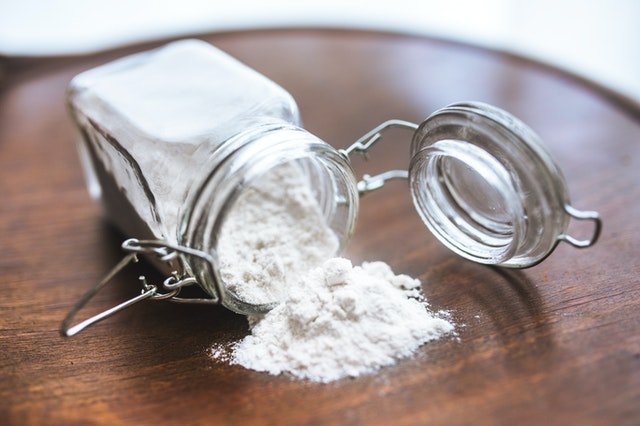
Agar agar is a thickening powder extracted from algae, useful for increasing the sense of satiety and promoting intestinal transit.
Agar agar is a gelling agent of natural origin derived from red algae, with a laxative action. Let’s find out better.
What is agar agar
The agar agar is a polysaccharide, a polymer of galactose, contained in various species of red algae . It is therefore a completely natural product of vegetable origin which, once extracted from algae, is used in the food, cosmetic and natural remedy fields.
What is the agar agar used for
Agar agar is a substance that forms stable and compact gels in contact with water.
Thanks to this property it is used to gel:
Sauces, soups, puddings and other preparations in the kitchen.
Agar agar is also used to form gels used in laboratories and in cosmetics and is also a useful laxative and hunger-breaker remedy in the form of a food supplement.
Properties and benefits of Agar agar
The agar agar is known for its laxative action and for its benefits for the intestine. In fact, thanks to its ability to form gel in water, it is useful for promoting intestinal transit and regulating the absorption of cholesterol, triglycerides and sugar.
In addition, agar agar helps create a sense of satiety and quench nervous hunger, which is why agar agar is often recommended for weight loss.
As for its nutritional content, agar agar contains calcium , iron and vitamins of groups A, B, C, E and K , is low in calories and is gluten-free. However, since small quantities of agar agar are used in cooking, this product cannot be considered a source of nutrients.
How agar agar is used
The agar agar is widely used in the kitchen due to its gelling action and thickener in sauces, soups, jams and puddings.
Since agar agar has no flavor, it can be used in both sweet and savory recipes.
To obtain a gel, simply add half a teaspoon of powdered agar agar to half a liter of liquid (milk, water or broth). Subsequently, the liquid must be heated and, during cooling, it will gel. Pay attention to the dosages , since the more agar powder joins the liquid, the more the thickening and gelling power increases.
To take advantage of the laxative and satiating properties of agar agar, on the other hand, food supplements containing it can be used , to be taken before main meals.
How to replace agar agar
To replace the agar agar in cold use, you can use other ingredients of vegetable origin such as flax seeds and chia seeds, suitable for thickening soups, sauces and spoon desserts.
Where is the agar agar found
The agar agar powder is sold in well-stocked food stores, stores specializing in health foods and those that deal with organic food. In addition to being powdered, agar agar is available in the form of flakes or flakes.
Contraindications of agar agar
The use of agar agar in cooking is safe and risk free. In sensitive individuals, however, it can cause gastrointestinal disturbances.
The intake of agar agar may also interfere with the absorption of drugs, reducing their effectiveness.
Description of the agar agar
Agar agar derives from the polysaccharide agarose, which forms the supporting structure in the cell walls of some red algae. There is therefore no agar agar algae and there is no mention of agar agar algae : the ingredient is obtained from various algae known as Agarophyte , belonging to the Rodofiecee class .
Habitat of the Agar Agar
The best quality of agar-agar is that of Japan where it is extracted from various species of Gelidium and other similar algae collected along the coasts of the Far East and Malaysia. There are varieties of Ceylon, Macassar (Java), Australian, South African, American agar-agar.
Background

Agar Agar was discovered in the late 1650s by Minoyza Tarozaemon in Japan where it is known as Kanten.






